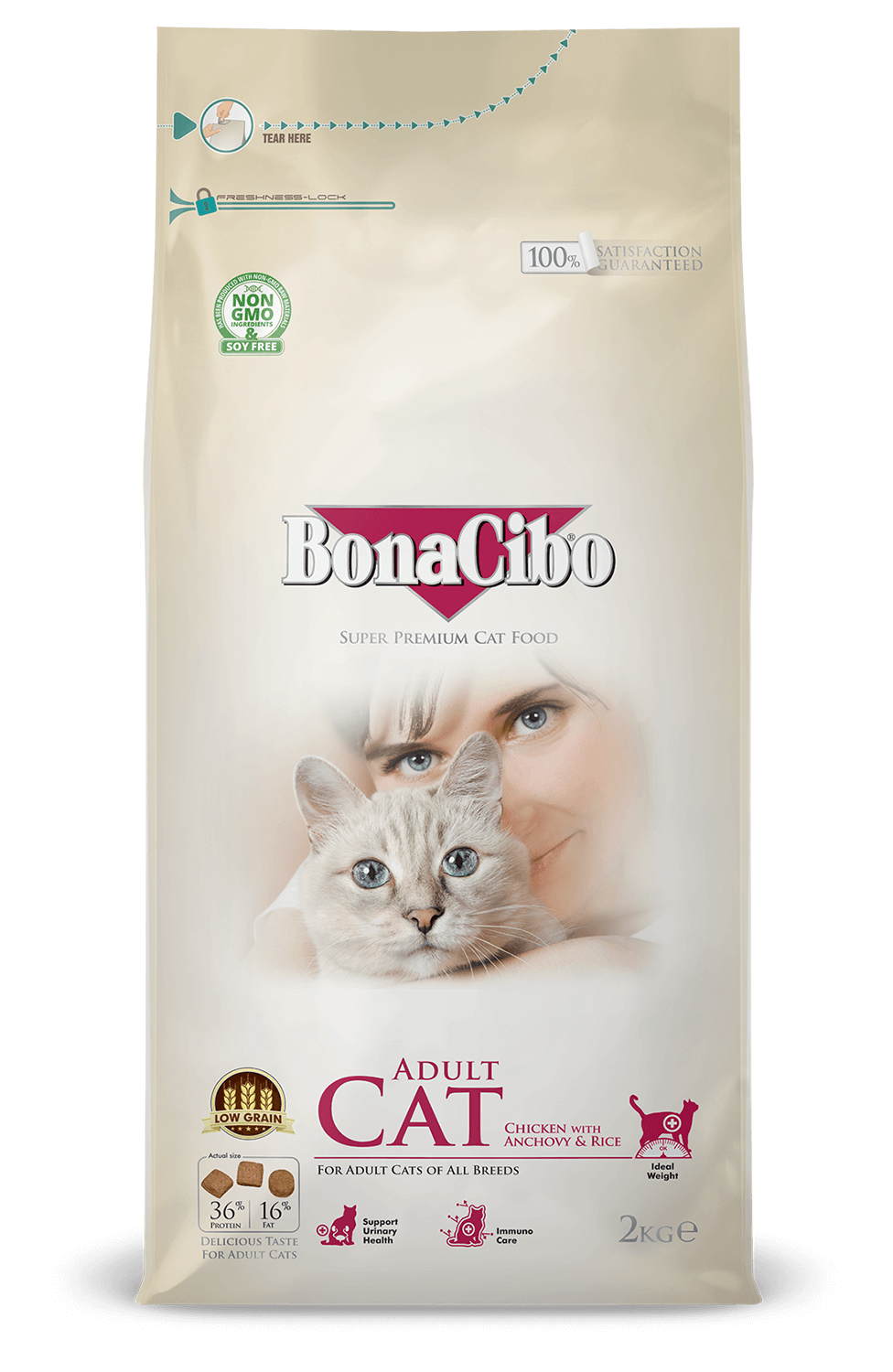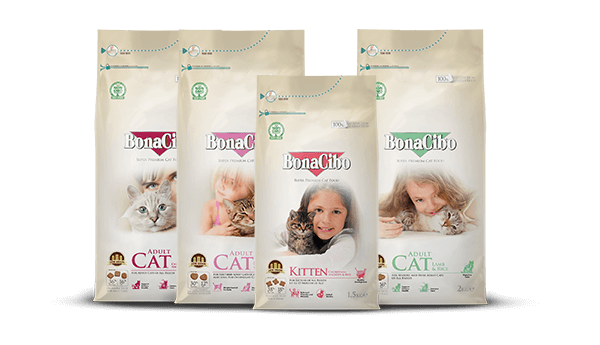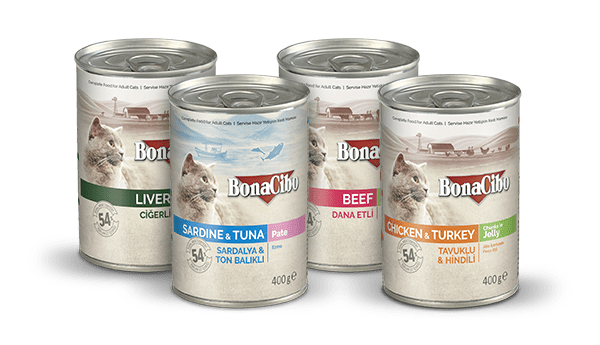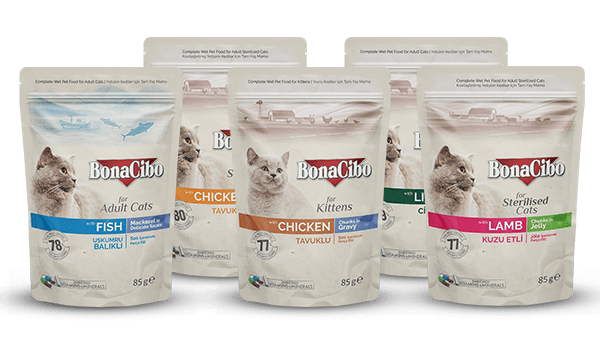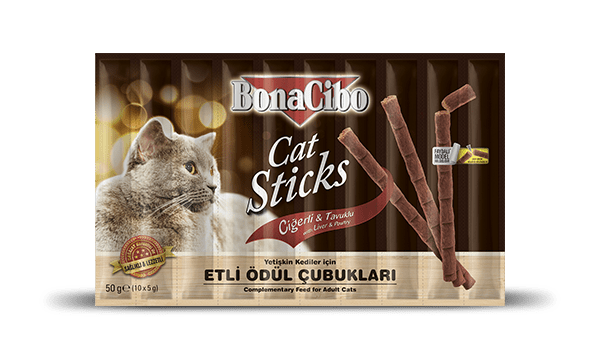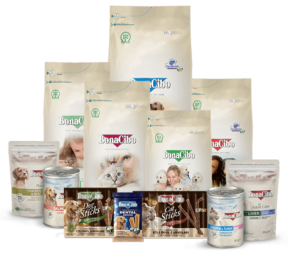Bonacibo Adult Cat
BonaCibo Adult Cat ist mit einem optimalen Verhältnis von Proteinen, Fetten und Kohlenhydraten formuliert, um ein Leben lang Energie und Vitalität zu liefern. Angereichert mit antioxidativen Vitaminen und Pflanzenextrakten maximiert BonaCibo Adult Cat auch Gesundheit und Immunität.
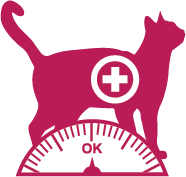
Idealgewicht
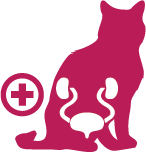
Unterstützen Sie die Gesundheit der Harnwege
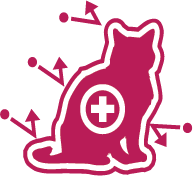
Immunpflege
Zutaten
Dehydriertes Hühnerprotein (42%), Baldo-Reis (16%), Mais, raffiniertes Hühneröl, Sardellenmehl (6%), Krillmehl, Biertrockenhefe, hydrolisierte Hühnerleber, Sardellenöl, Nukleotid-Hefeprotein, Mineralstoffe, präbiotisches Mannan Oligosaccarides, Algen, Yucca-Extrakt, Kranbeere-Pulver, Flohsamen.
%36
Eiweiß
%16
Fettgehalt
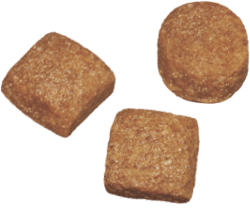
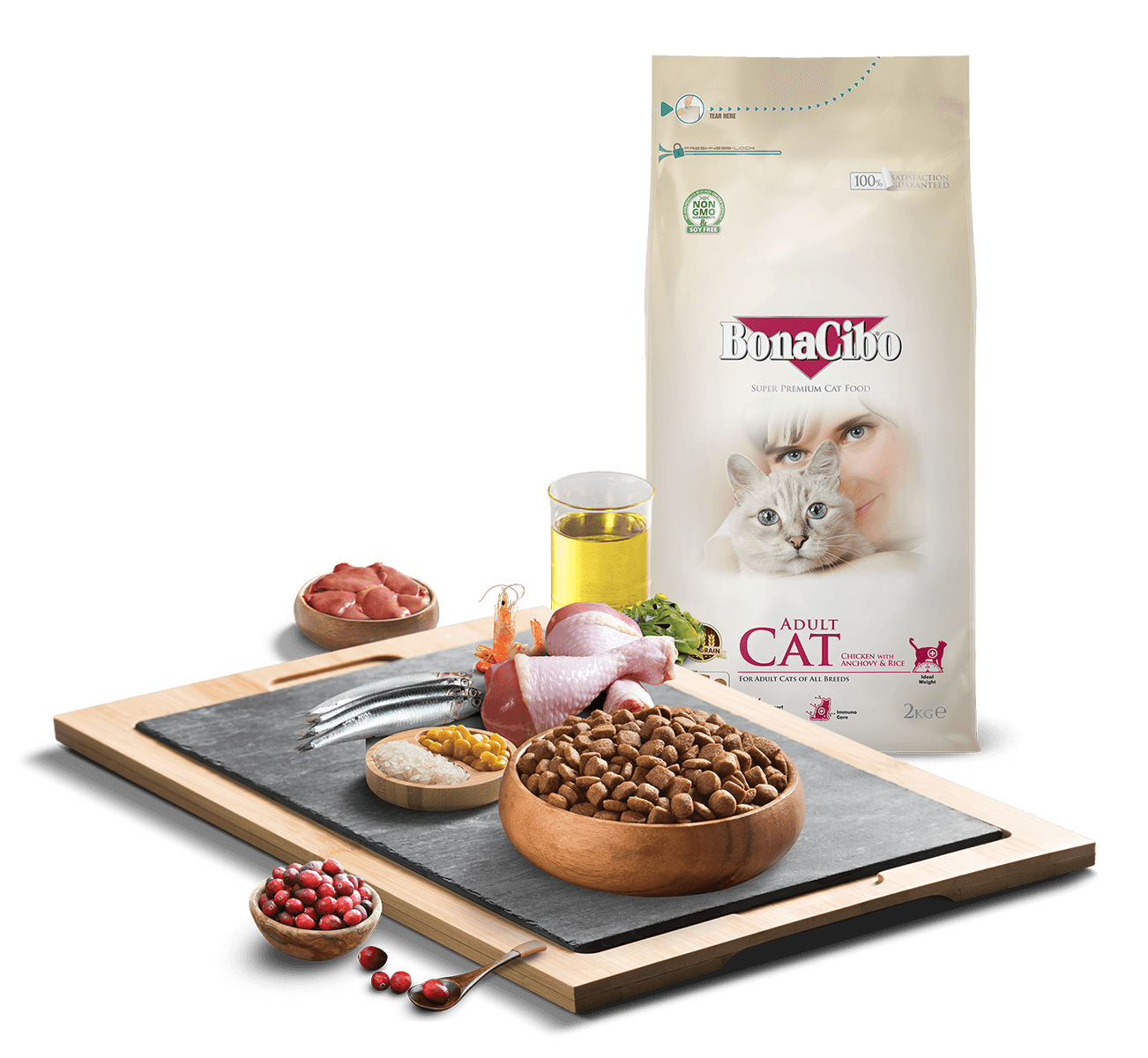
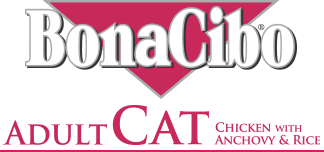
Analytische Komponenten
| Eiweiß | % 36 |
| Fettgehalt | % 16 |
| Rohasche | % 8 |
| Rohfaser | % 2,5 |
| Omega-6 | % 3,7 |
| Omega-3 | % 0,75 |
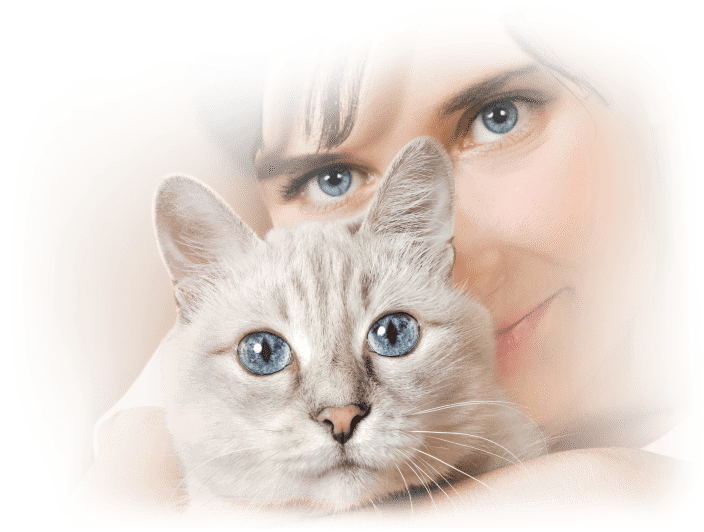
Nahrungsergänzungsmittel
| Vitamin A | 25.000 IU/kg |
| Vitamin D3 | 1.500 IU/kg |
| Vitamin E | 150 mg/kg |
| Vitamin K3 | 0,36 mg/kg |
| Vitamin C | 25 mg/kg |
| Vitamin B1 | 14,94 mg/kg |
| Vitamin B2 | 12,36 mg/kg |
| Vitamin B6 | 13,36 mg/kg |
| Vitamin B12 | 0,08 mg/kg |
| Pantothensäure | 14,98 mg/kg |
| Folic Acid | 2,67 mg/kg |
| Niacin | 50 mg/kg |
| Biotin | 0,28 mg/kg |
| Kupfer (als Sulfat) | 18 mg/kg |
| Zink (als Sulfat) | 95 mg/kg |
| Zink (als Chelat) | 20 mg/kg |
| Mangan (als Sulfat) | 30 mg/kg |
| Selen (als Selenit) | 0,3 mg/kg |
| Taurin | 2.200 mg/kg |
| EU-zugelassene Antioxidantien. |
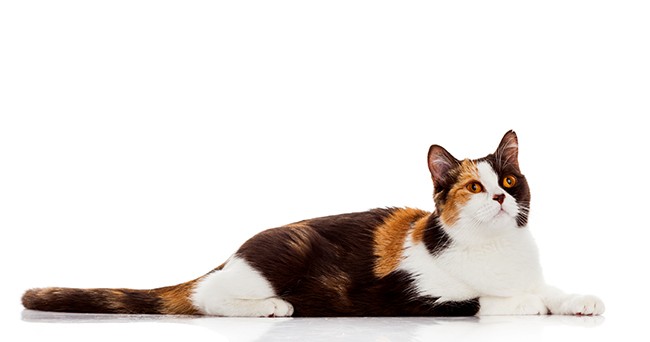

Niedrige Körnung
Es hilft Ihrer Katze, ein gesundes Leben zu führen, indem es eine kleine Menge Nährstoffgetreide zu sich nimmt.
Idealgewicht
BonaCibo ist mit einem idealen Verhältnis von Protein und Fett formuliert, um ein ideales Körpergewicht für Langlebigkeit und einen gesunden Stoffwechsel aufrechtzuerhalten.

Immunpflege
BonaCibo enthält natürliche präbiotische Fasern, um das Wachstum nützlicher Bakterien zu fördern und pathogene Stämme zu reduzieren, wodurch die Immunität unterstützt und die Verdauung optimiert wird.

Fellpflege
BonaCibo enthält eine angereicherte Mischung aus Vitaminen, Aminosäuren und ein ausgewogenes Verhältnis von Omega-6 : Omega-3 Fettsäuren, um eine gesunde Haut und ein glänzendes Fell zu fördern.

Sehkraft & Herzpflege
Essentielles Taurin wird in großzügigen Mengen hinzugefügt, um eine korrekte Funktion des Nervensystems und der Augen zu gewährleisten und ein starkes Herz zu unterstützen.

Unterstützen Sie die Gesundheit der Harnwege
BonaCibo enthält ausgewogene und optimale Mengen an essentiellen Mineralien, um das Risiko von Harnsteinen zu reduzieren.

Verdauungspflege
Durch die Verwendung von hochverdaulichen Zutaten und schonenden Garprozessen sorgt BonaCibo für maximale Bekömmlichkeit.

Haarballenkontrolle
Ein ausgewogener Ballaststoffgehalt hilft beim Auflösen von Haarballen, die eine Verschlechterung des Verdauungssystems verursachen.

Ausgewogene Vitamine und Mineralien
Optimale Mengen an Vitaminen sind enthalten, um den Stoffwechsel zu unterstützen und eine nachhaltige Energieproduktion zu gewährleisten. Essentielle Spurenelemente sind auch in Formen enthalten, die vom Körper leicht aufgenommen und verwertet werden.
- Which breeds are Bonacibo Adult Cat Chicken with Anchovy & Rice suitable for?
Our Bonacibo Adult Cat Chicken with Anchovy & Rice cat food is formulated to meet all nutritional needs of adult cats of all breeds.
- What is Taurine? Should cat food contain Taurine?
Taurine is a nutrient that is similar to an amino acid but also acts in the body like a vitamin. It is required in the body for a number of functions, including retinal development for sight and heart muscle development.
It is found naturally in meat materials however, the level can be quite low and variable. Unlike dogs, cats cannot produce this nutrient in their body, so instead it has to be consumed via the diet. Taurine is added to all Cagatay cat foods to ensure that their nutritional requirements are met.
- How can you accustom a cat to eat dry petfood?
Some cats do prefer wet food however, dry feeding can be more convenient and cost effective. To introduce your cat to dry food for the first time it is advisable to do so very gradually by mixing a little dry food in with the wet food. It is often the texture of the dry food that the cat can find unusual, so do not be worried if it rejects the dry food at first. You can also soften the food with a little warm water, never milk because by adding milk to a nutritionally complete food, it will add fat, sugar and protein and so will potentially unbalance the diet and some cats, have an intolerance to lactose contained in particularly cow’s milk which causes loose faeces and sometimes vomiting. You can also offer one or two kibbles by hand as a treat before its main meal. Once it has accepted a few kibbles you can increase the proportion of dry to wet food over a period of around a week, until dry is the only food offered.
- After starting a new cat food, what should I observe in my cat?
Unlike with our dogs it is not always easy to observe the consistency of their faeces in order to assess the digestibility of the food. Instead their hair condition, activity level, and weight maintenance are good indications. They should have smooth, shiny hair, a good level of activity, and a good but not excessive amount of muscle and fat on their body. A simple way to assess this is by stroking the full length of their back. You should be able to feel their back bone but it should not be sharp and pointed.
- Does it cause any problem to constantly use dry petfood for my cat? Can a balanced diet be achieved?
Using dry food throughout a cat’s life is perfectly suitable so long as the food is correctly formulated. Dry food has been available on the market for over 40 years and there is no evidence to suggest that it causes any problems at all. A good dry food is certainly far better than a poor wet food. It is also good for maintaining healthy, clean teeth, which can be a particular problem for cats. It is also more convenient and cost effective than most wet foods.
- What is the difference between lamb and poultry origin petfood? Which one is more nutritious for cats?
Both Cagatay poultry and lamb based foods are nutritionally complete, and so provide all of the nutrients that our cats need on a daily basis. It is not really correct to say that lamb or poultry is more suitable for a cat, it is more important to recognise that a good quality food is always better than a poor quality diet, regardless of the meat type. And its also possible to switch between meet types for our cat to taste different foods without any problems.
- Will it cause a problem to use the same petfood for a long time for cats?
Cats can cope perfectly well with the same food for the whole of their life if that food is nutritionally balanced and of good quality. However, some cats naturally prefer a variety of flavours. This does not mean that there is anything necessarily wrong with the food. It is extremely rare for a cat to develop any sensitivity or allergy to a good quality food but by introducing a variety of flavours to your cat when they are young will generally also make them more tolerant of changes in later life.
- Does the poultry-based petfood cause eczama for my Cat? What causes Eczema?
Skin conditions such as psoriasis and eczema can be quite common in cats, and can be caused by a variety of nutritional, environmental, and genetical influences. Nutritional causes include feeding unbalanced foods or over-adding supplement and, on some occasions sensitivities or allergies to particular ingredients can occur.
The most common dietary sensitivities are to ingredients such as wheat, beef, dairy and soya, but it has also been found with artificial colours and preservatives.
Despite some suggestions that sensitivities to rice and chicken meal are common, this has never been demonstrated.
Many incidences have been connected to other environmental conditions.
With regard to environmental factors, temperature changes, parasite bites, cleaning materials, seasons, hormones, stress, pollen, and infections can all have significant effects on skin and hair condition.
Also, as with humans, genetics can have an influence on breeds and individuals, making them more or less likely to develop skin problems.

